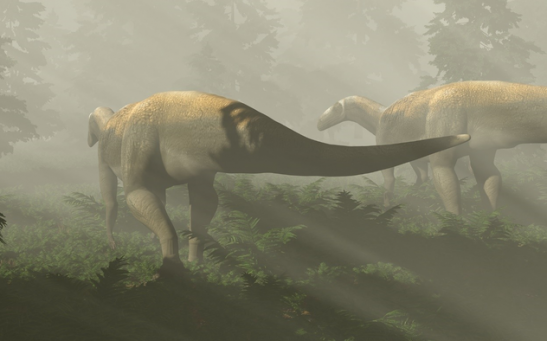Paleontology
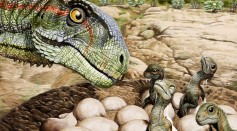
First Account of Social Herding in Dinosaurs Discovered from Fossils in Argentina
Dinosaur Cloning Might Become Possible: First Healthy Prehistoric DNA Was Found in a Perfectly Preserved Fossil in China
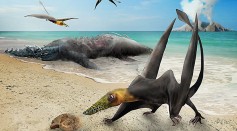
'Flying Dragon' of the North Unearthed at Atacama Desert; Discovery Potential Clue to Unrecorded Dinosaur Migration
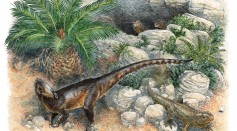
200-Million-Year-Old Meat-Eating Dinosaur Discovered in UK - The Oldest Theropod Species in History

Unknown Eocene-Oligocene Mass Extinction that Wiped Out 60 Percent of Mammals Discovered for the First Time
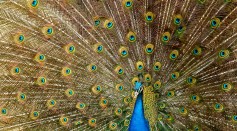
Breaking Discovery: How Scientists Have Unearthed a 120 Million-Year-Old Prehistoric Peacock That Lived Alongside Dinosaurs
Mastodon Tooth Found in Michigan by a 6-Year-Old Boy Who Thought It Was From a Dragon
Dinosaur Species Found in Brazil; Paleontologists Claim They Could Have Roamed the Country 70 Million Years Ago
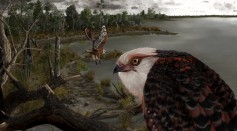
'Almost Complete' Raptor Fossil from 25-Million-Year-Old Oligocene Period Discovered; Is This Strong Fowl a Wedge-Tailed Eagle Or a Hawk?
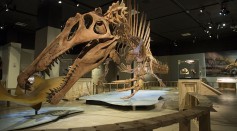
Dinosaur Species Discovered: Paleontologists Announce Finding of Horned Crocodile-Faced Hell Heron from the Spinosaurid Group

UW Unearthed Four Dinosaur Fossils in Montana Including Theropods, Triceratops, and a Potential Rear Ostrich-Mimic Anzu

Chicxulub Space Rock Impact During Cretaceous-Paleogene Defined the Unique Evolution of Snakes

Carcharodontosaurus Dinosaur with 'Shark-Tooth' Unearthed in Uzbekistan Known As First Apex Predator Before T.Rex
World's Oldest Fossil Forest Found in Ancient Ecosystem in New York Quarry With Giant Tree from 20 Million Years Ago
Most Popular

How Technology Is Changing the Real Estate Industry?

How a Plant-Based Diet Can Protect Against Breast Cancer: Insights from Nutrition Research

Study Reveals High Turnover in Scientific Research Careers: What This Means for Future Scientists

Nikolay Karpenko Biography, Photo, Career, Accomplishments

